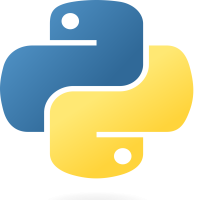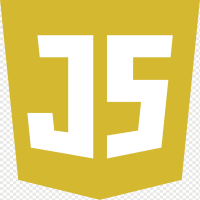
Java Classes and objects
18-Sep-2024Learn how to define and use classes and objects in Java for building real-world applications
Classes
A class is a blueprint for creating objects. Class combines data and method and work as a single unit. Class can contain fields ( variables ) and methods.
Fields are the attributes or properties of class.
Methods are describe the behavior.
Components of class:
1. Fields: These are the variables defined inside the class
2. Methods: These are independent code blocks that can complete a specific task.
3. Constructor: Constructor is a special method. Class and constructor names are the same
4. Modifiers: Modifiers are private, public, protected, etc. These are defines how can be access the class properties and methods.
A simple class syntax:
class MyClass{
}
Now a class syntax with the four class components:
class Person{
public String person_name; // class fields (attributes or properties) with public modifier
private String person_address; // class fields (attributes or properties) with private modifier
// Constructor take the fields value by constructor parameters and set the value to class fields
public Person(String person_name, String person_address) {
this.person_name = person_name;
this.person_address = person_address;
}
// Class method
public void printPersonDetails(){
System.out.println("Person name is : " + person_name + " and address is : " + person_address);
}
}
Objects
Object is an instance of a class. It is a real world entity. Syntax of create a object is:
// Class_name object_name = new Class_name();
With the Person class example, we can create objects for a different person. Here the important thing is the Person class constructor takes 2 parameters. That's why we need to provide these values when Constructor is calling.
Now let's create a class Main which will have a main method and here let's create multiple objects of the Person class
class Main{
public static void main(String[] args) {
// a object of john
Person john = new Person("John", "New York");
// now we can access the class method and fields by john
john.printPersonDetails(); // output : Person name is : John and address is : New York
// another object of rahim
Person rahim = new Person("Rahim", "Dhaka");
// now we can access the class method and fields by rahim
rahim.printPersonDetails(); // output : Person name is : Rahim and address is : Dhaka
}
}
We can create multiple objects of a class and each object is different from other objects


